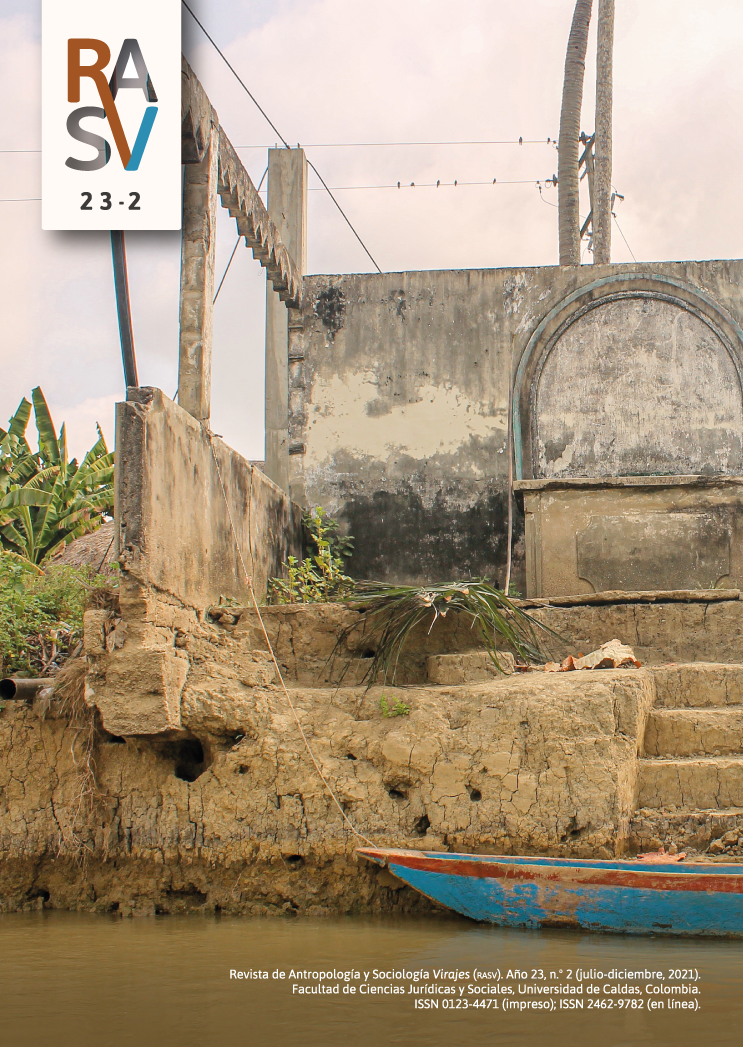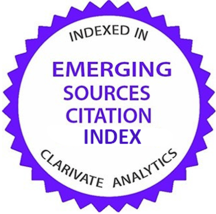Authors
Abstract
This essay revolves around a folk poem, a copla popular, that has long been predicting the end of a rural world, and it reflects on how this single-verse poem resonates with an image that is common in the countryside of San Miguel de Sema and Ráquira (Boyacá): the image of a peasant house with a single last inhabitant who, people suspect, might have died of sadness or of loneliness. In the space of this resonance, taking into account a long history of rural migration, the essay explores how a world that is felt to be ending comes to take shape. It finally asks how to respond to the kind of singing that at once proclaims and delays that coming end.
References
Arrubla, M. (1976). Prólogo. En M. Arrubla (ed.), La agricultura colombiana en el siglo XX (pp. 1-11). Instituto Colombiano de Cultura, Subdirección de Comunicaciones Culturales.
Butler, J. (2006). Vida precaria: El poder del duelo y la violencia (F. Rodríguez, Trad.). Paidós.
Camargo, A. (2016). Disastrous waters, renascent lands: Politics and agrarian transformations in post-disaster Colombia (Tesis doctoral). Syracuse University, NY, Estados Unidos.
Cuéllar Gempeler, M. (2020). A song for staying. Narrative, absence and mourning in rural Boyacá (Tesis doctoral). McGill University, Montreal, Canadá.
Currie, L. (1976). El problema agrario. En M. Arrubla (ed.), La agricultura colombiana en el siglo XX (pp. 347–367). Instituto Colombiano de Cultura, Subdirección de Comunicaciones Culturales.
DANE. (2016). Boletín técnico. Tercera entrega de resultados 2014. 3er Censo Nacional Agropecuario. Departamento Administrativo Nacional de Estadística DANE.
https://www.dane.gov.co/index.php/Censo-Nacional-Agropecuario-2014
Danely, J. (2019). The Limits of Dwelling and the Unwitnessed Death. Cultural Anthropology, 34(2), 213-239. https://doi.org/10.14506/ca34.2.03
Fals Borda, O. (1957). El hombre y la tierra en Boyacá: Bases sociológicas e históricas para una reforma agraria. Antares.
Fals Borda, O. (1959). El vínculo con la tierra y su evolución en el departamento de Nariño. Revista Academia Colombiana de Ciencias, X(41), IX–XIV. http://www.accefyn.com/revista/Volumen_10/41/X-XIV.pdf
Forero, M. J. (1945). Un personaje francés en el folklore colombiano. Thesaurus, 1(1), 154–159.
Franco García, R. (2007). Elementos para una historia ambiental de la región de la laguna de Fúquene en Cundinamarca y Boyacá. En G. Andrade Pérez y L. Franco Vidal (eds.), Fúquene, Cucunubá y Palacio. Conservación de la biodiversidad y manejo sostenible de un ecosistema lagunar andino (pp. 61–102). Fundación Humedales e Instituto de Investigación de Recursos Biológicos Alexander von Humboldt.
Isaacs, J. (1985). Canciones y coplas populares. Procultura.
Machado, M. (Sin fecha). Sevilla y otros poemas. Editorial América.
Millar, K. M. (2014). The precarious present: Wageless labor and disrupted life in Rio de Janeiro, Brazil. Cultural Anthropology, 29(1), 32–53. https://doi.org/10.14506/ca29.1.04
Povinelli, E. A. (2011). Economies of Abandonment. Social Belonging and Endurance in Late Liberalism. Duke University Press.
Ramírez, R. y Tobasura, I. (2004). Migración boyacense en la Cordillera Central, 1876-1945. Del altiplano cundiboyacense a los espacios de homogeneización antioqueña. Bulletin de l’Institut français d’études andines, 33(2). https://doi.org/10.4000/bifea.5694
Stevenson, L. (2017). Sounding Death, Saying Something. Social Text, 35(1 (130)), 59–78. https://doi.org/10.1215/01642472-3727996
Vargas Sarmiento, P. (2016). Historias de territorialidades en Colombia. Biocentrismo y antropocentrismo. Publicación independiente.

 PDF (Español)
PDF (Español)
 FLIP
FLIP



















